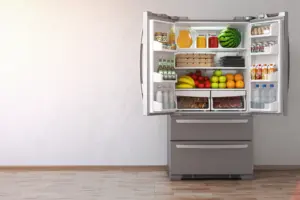Energy efficiency has become a crucial consideration for homeowners across the United States, and for good reason. The environmental benefits of reducing energy consumption are clear, and the financial incentives that come with it make the transition even more worthwhile. One of the most significant incentives available is the energy tax credit, which can help offset the cost of upgrading to more efficient appliances. But which appliances qualify for these valuable tax credits? Understanding the eligibility requirements is key to taking full advantage of these incentives. Let’s go over what appliances qualify for energy tax credits.
Disclaimer:
The information provided in this article is for general informational purposes only. We are not tax consultants, lawyers, or certified public accountants (CPAs). While we have gathered this information from publicly available online sources, it is important to consult with a qualified tax professional or advisor for personalized advice regarding your specific situation. Tax laws and regulations are subject to change, and the information shared here may not reflect the most current updates. For the most accurate and up-to-date information, please refer to the official IRS website and other trusted sources. Always double-check details before making any decisions based on tax credits or incentives.
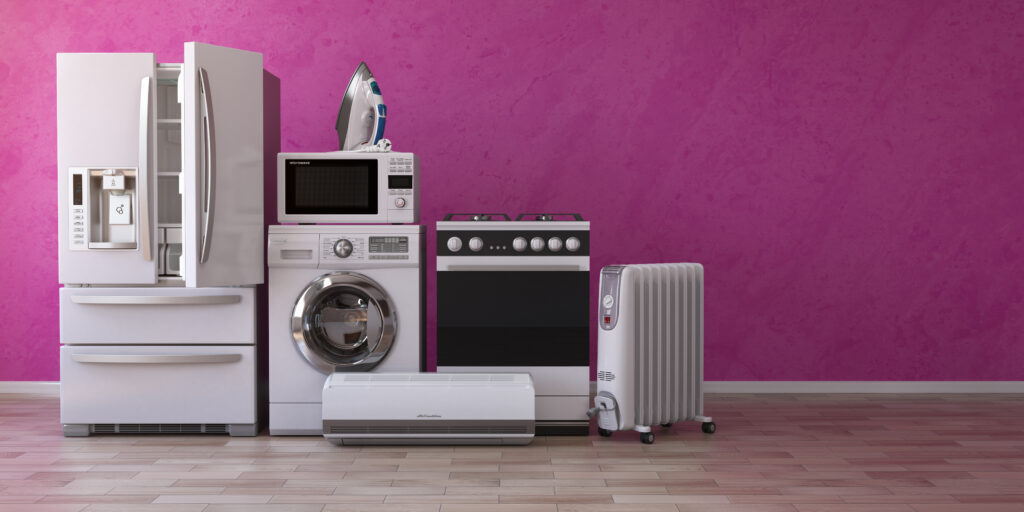
Understanding Energy Tax Credits – And What Appliances Qualify For Energy Tax Credits
Energy tax credits, also known as residential energy efficiency tax credits, are designed to encourage individuals to upgrade to energy-efficient appliances and systems. These tax credits directly reduce the amount of taxes owed to the federal government, which can result in significant savings. While some of these incentives apply to a broad range of energy-efficient home improvements, others are specific to certain appliances or systems.
The government offers energy tax credits through various programs, including the federal Energy Star program, which designates products that meet strict energy efficiency standards. To be eligible for these tax credits, appliances must typically meet specific performance and efficiency guidelines, which vary by appliance category.
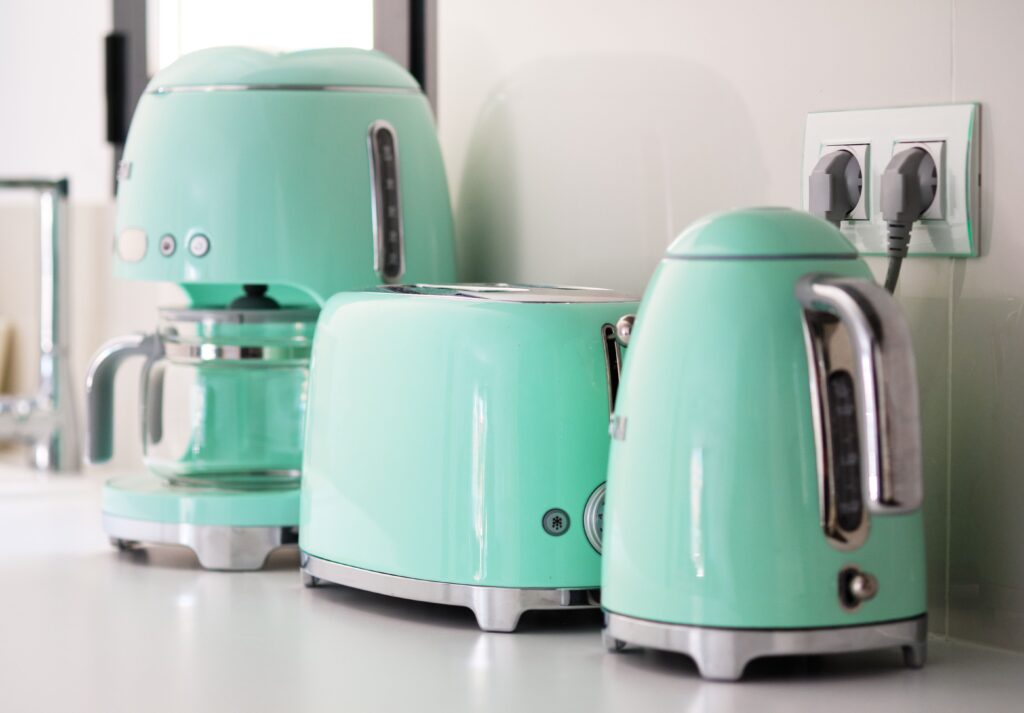
Common Eligibility Requirements for Energy Tax Credits
In order for an appliance to qualify for a federal energy tax credit, it must generally meet the following requirements:
- Efficiency Standards: Many qualifying appliances need to be ENERGY STAR-certified or meet other energy efficiency benchmarks outlined by the Department of Energy (DOE).
- Primary Residence: The tax credit is often only available for appliances installed in your primary residence or, in some cases, secondary residences.
- Professional Installation: Certain appliances require professional installation to ensure the appliance is set up according to the manufacturer’s instructions and meets all efficiency standards.
While these are general guidelines, specific appliances may have additional requirements or different credit limits based on the appliance type.

Appliances That Qualify for Energy Tax Credits
Several categories of appliances and systems qualify for energy tax credits. These include heating and cooling systems, water heaters, and renewable energy technologies. Let’s explore the main appliances eligible for energy tax credits.
Heating and Cooling Systems
Heating and cooling systems are among the most significant contributors to energy consumption in a home. As such, upgrading to more efficient heating and cooling systems can greatly reduce your energy bills. Many of these systems are eligible for tax credits, which can help offset the high upfront cost of installation.
Air Conditioners and Heat Pumps
Energy-efficient air conditioners and heat pumps qualify for tax credits if they meet certain efficiency requirements. These systems can cool your home during the summer and, in the case of heat pumps, also provide heating during the winter, making them an excellent year-round option.
To qualify for a tax credit, the system must have a Seasonal Energy Efficiency Ratio (SEER) rating of at least 15 for central air conditioners and a Heating Seasonal Performance Factor (HSPF) of at least 8.5 for heat pumps. If you are considering an upgrade to your HVAC system, it is crucial to choose one that meets these efficiency standards.
Gas Furnaces
Gas furnaces can also qualify for energy tax credits, provided they meet the necessary energy efficiency standards. High-efficiency gas furnaces are designed to use less fuel and reduce waste, making them an environmentally-friendly option for heating your home. Look for furnaces with an Annual Fuel Utilization Efficiency (AFUE) rating of at least 95% to ensure you are eligible for the tax credit.
Water Heaters
Water heaters are another appliance that can benefit from energy tax credits. Traditional water heaters tend to consume a significant amount of energy to keep water hot, so upgrading to a more efficient model can result in long-term savings on your energy bill.
Tankless Water Heaters
Tankless water heaters, which heat water on demand rather than storing it in a tank, are eligible for energy tax credits. These models are more efficient because they eliminate standby energy loss—the energy wasted when a conventional water heater keeps water hot all day long. To qualify for the tax credit, a tankless water heater should meet the required energy efficiency standards and be installed in your primary residence.
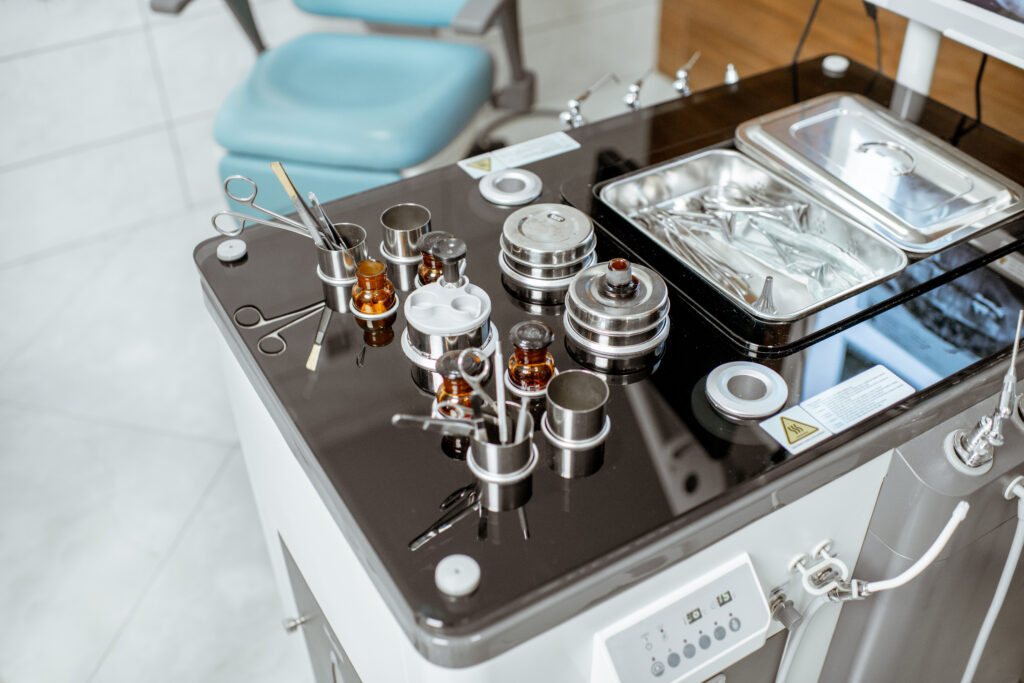
Heat Pump Water Heaters
Heat pump water heaters are also eligible for tax credits. These systems use electricity to move heat from one place to another rather than generating heat directly. This process makes them far more energy-efficient than traditional electric water heaters. To qualify for a tax credit, a heat pump water heater must meet specific energy efficiency benchmarks.
Solar Energy Systems
One of the most significant incentives available for homeowners looking to reduce their energy consumption is the federal tax credit for solar energy systems. Solar panels, solar water heaters, and other solar technologies can qualify for substantial tax credits that cover a significant portion of the system’s installation costs.
Solar Panels
Solar panels are one of the most popular home upgrades for energy savings, and they are also one of the most eligible for energy tax credits. Under the federal tax credit program, homeowners can receive a credit worth 26% of the total cost of installing solar panels, including the equipment and labor. To qualify, the solar system must be installed at your primary or secondary residence, and it must be used for residential purposes.
Solar Water Heaters
Solar water heaters are another option for homeowners looking to reduce energy consumption. These systems use solar energy to heat water, which can then be used in your home for daily activities like bathing, cooking, and cleaning. Solar water heaters are eligible for tax credits if they meet the required efficiency standards.
Home Energy Efficiency Improvements
In addition to individual appliances, certain home improvements that enhance overall energy efficiency may also qualify for tax credits. These improvements can include insulation, energy-efficient windows, and doors.
Windows and Doors
Energy-efficient windows and doors help prevent heat loss and improve the overall insulation of your home. These upgrades reduce your reliance on heating and cooling systems, which can lead to significant energy savings. If your windows and doors meet specific efficiency standards, they may qualify for an energy tax credit.
Insulation
Proper insulation helps keep your home comfortable throughout the year by maintaining consistent temperatures. Insulating your home can reduce the strain on your heating and cooling systems and lower your energy bills. Many insulation materials qualify for energy tax credits when installed in accordance with the Department of Energy’s guidelines.
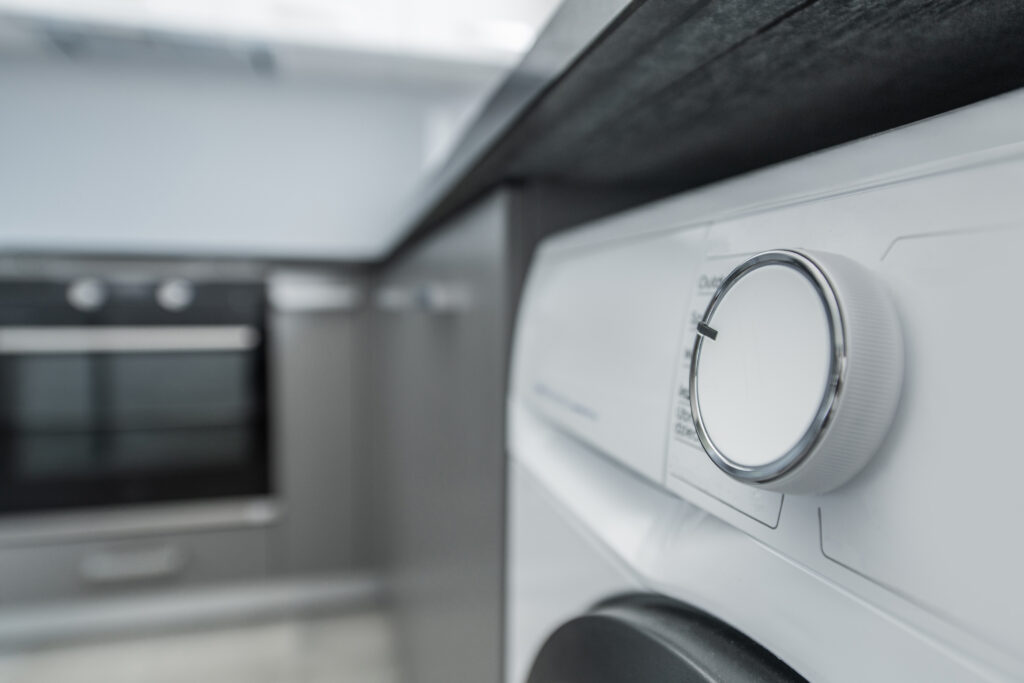
How to Claim the Energy Tax Credit
If you are considering upgrading your appliances or making energy-efficient home improvements, it’s important to know how to claim the energy tax credit. To do so, you will need to file IRS Form 5695 along with your tax return. This form allows you to calculate and claim the energy-efficient home improvement credit.
Make sure to keep all receipts, contracts, and documentation related to your purchase and installation of qualifying appliances or systems. These documents will be necessary when claiming the credit.

Conclusion
Energy-efficient appliances and systems are more than just good for the environment—they can also provide substantial financial benefits through tax credits. Whether you are upgrading your heating and cooling systems, installing a tankless water heater, or adding solar panels to your home, these investments can significantly reduce your energy costs while providing valuable tax incentives. Before making any purchases, it’s important to check for the latest tax credit regulations and ensure that the appliances meet the necessary energy efficiency standards.
If you are considering upgrading to energy-efficient appliances, My Appliance Guy can help you find the right products for your needs. Whether you need to replace your furnace, install new windows, or explore solar options, our team is here to guide you through the process of choosing the right appliance and ensuring you take full advantage of any available tax credits.


